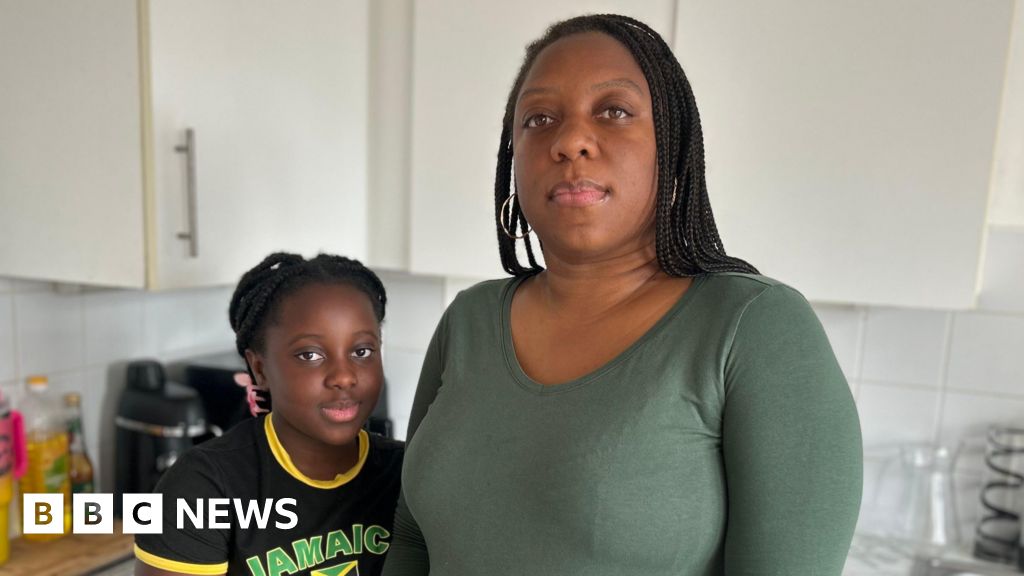As the UK experiences hotter temperatures, families across the country are feeling the impact, with their homes no longer a sanctuary but an unbearable space that many are desperate to escape. Keisha says her top-floor flat can reach up to 43C in summer, and the baseline temperature is around 31C. Almost 5.5 million children, over half of those in England, are living in homes at risk of overheating, according to new analysis of the English Housing Survey 2022 by the Resolution Foundation think tank.
Keisha has lived in her new-build flat in Woolwich, south-east London, for eight years. Her nine-year-old daughter struggles in the heat, unable to regulate her temperature. Keisha often walks the streets at night or drives around in an air-conditioned car to escape the heat. She says air-conditioning for her flat is unaffordable, and she was quoted £8,000 per bedroom to install it.
The Resolution Foundation is urging the government to ensure that the costs of remediating hot homes are affordable. Principal economist Jonathan Marshall says many people don’t have the means to invest to make their properties cooler. Buildings in the UK are built to retain heat in a temperate climate, with energy efficiency regulations for new dwellings now requiring improved insulation to reduce the need for heating in winter.
Mother-of-two Sarah, who lives in Islington, north London, says she recorded 43C heat this summer in her living room, but thinks the bedrooms reach even higher temperatures. She says she spends more on electricity in the summer, to power fans in their two-bedroom flat, than she does in the winter. The block is surrounded by scaffolding because of cladding remediation work, and Sarah says it’s a problem to open the windows because they’ve had intruders climbing on the scaffolding and workmen outside every day.
Over a million of the estimated 5.5 million children living in homes at risk of overheating are in London. The issue of space is more acute in cities, especially in London, where homes are smaller. Smaller homes are much more likely to overheat. Dr Amaran Uthayakumar-Cumarasamy, an NHS paediatrician and member of health justice campaign charity Medact, says signs a child has become overheated can include confusion, altered mental state, irritability, a raised core body temperature, and nausea.
The Royal College of Paediatrics and Child Health urged national and local governments to work with the housing sector to adapt against heat stress as well as cold and damp in our current and future housing stock, all of which impact on children’s health. The 2022 summer heatwave was one of the most intense recorded in the UK and caused 4,500 heat-related deaths, according to the Office for National Statistics. Up to 10,000 people in the UK could die every year by 2050 from heat-related illnesses if no action is taken to adapt to our warming climate.
The country is facing an architectural crisis, says Andy Love, founding director of Shade the UK. The community interest company has partnered with the London School of Economics to push for a user-friendly metric of overheating, similar to Energy Performance Certificates, which rate a property’s energy efficiency, so that tenants and buyers understand heat risk to buildings before deciding whether to move in. A government spokesperson said they are investing £13.2bn to improve up to five million homes over this Parliament, boosting the energy efficiency of housing to cope with higher temperatures.
Source link




